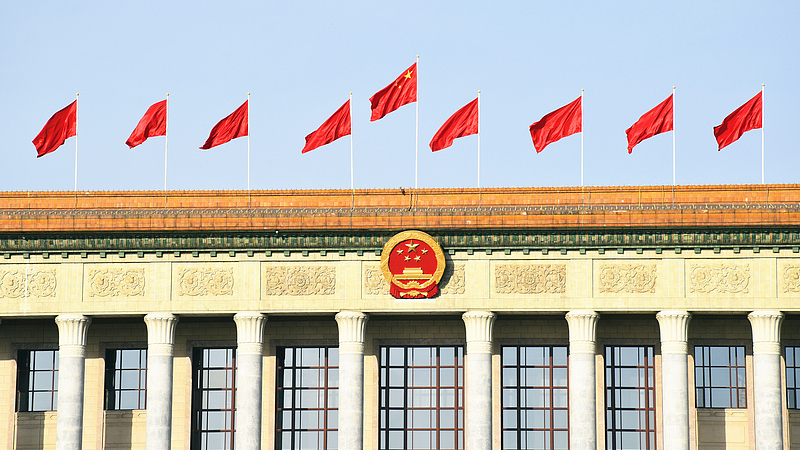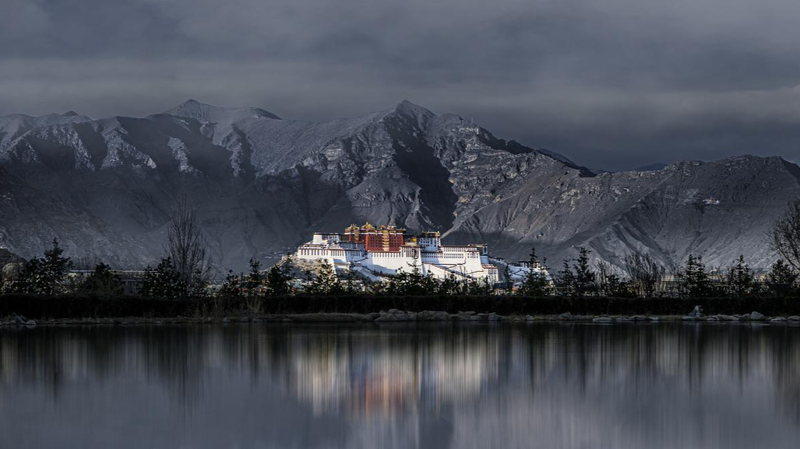On October 1, the Chinese mainland will roll out a fresh K visa aimed at young tech talent from around the world.✨ This policy shakeup highlights a more open, inclusive approach to attracting top scientists and innovators.
In the latest edition of The Hub, veteran correspondent Wang Guan connects with three experts to unpack the K visa’s game-changing perks:
- John Gong, Economics professor at the University of International Business and Economics, highlights streamlined entry processes and multi-entry options for up to five years. 🚪✈️
- William Lee, chief economist at the Milken Institute, sees this as a strategic move to fill gaps in crucial sectors like AI, electric vehicles (EVs) and semiconductors. 🚗💡
- Zhang Mengmeng, researcher at the University of Sydney, points out the chance for youth to engage in cutting-edge projects and global collaborations.🌐🔬
Why it matters: The tech race is on worldwide 🌍, and talent is the key. By lowering visa barriers and offering perks like fast-track work permits, the Chinese mainland hopes to lure innovators ready to shape the future—from AI algorithms that predict our next binge-watch hit to EV technologies that could redefine sustainable travel.
Challenges remain, of course—navigating local regulations and cultural adaptation can be a hurdle. But for many, the prospect of contributing to mega-projects in Shenzhen or collaborating in Beijing’s research labs is too exciting to pass up. 🤖🔧
As the global hunt for skilled minds heats up, the K visa could tip the balance for industries hungry for fresh ideas. Whether you’re coding neural networks or engineering the next battery breakthrough, October 1 might be the date to watch. 📅💪
Keep an eye on how this bold policy shifts the talent game! 🚀
Reference(s):
cgtn.com




